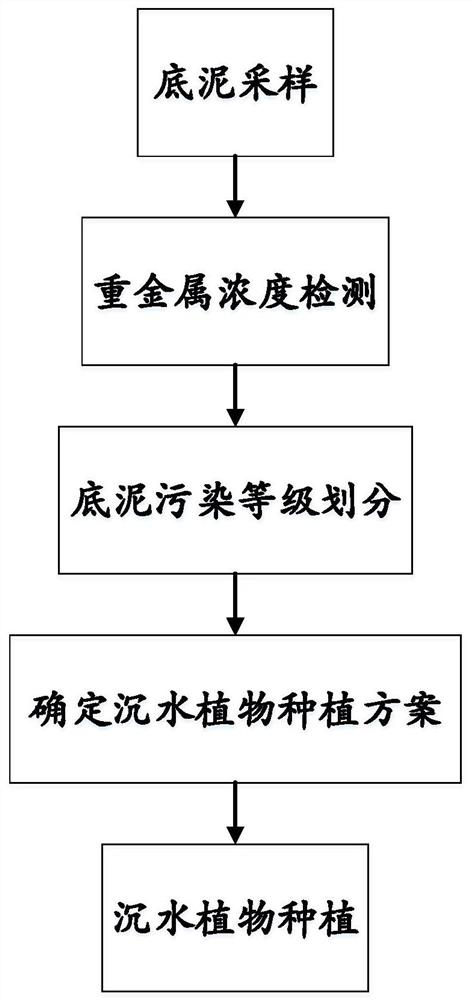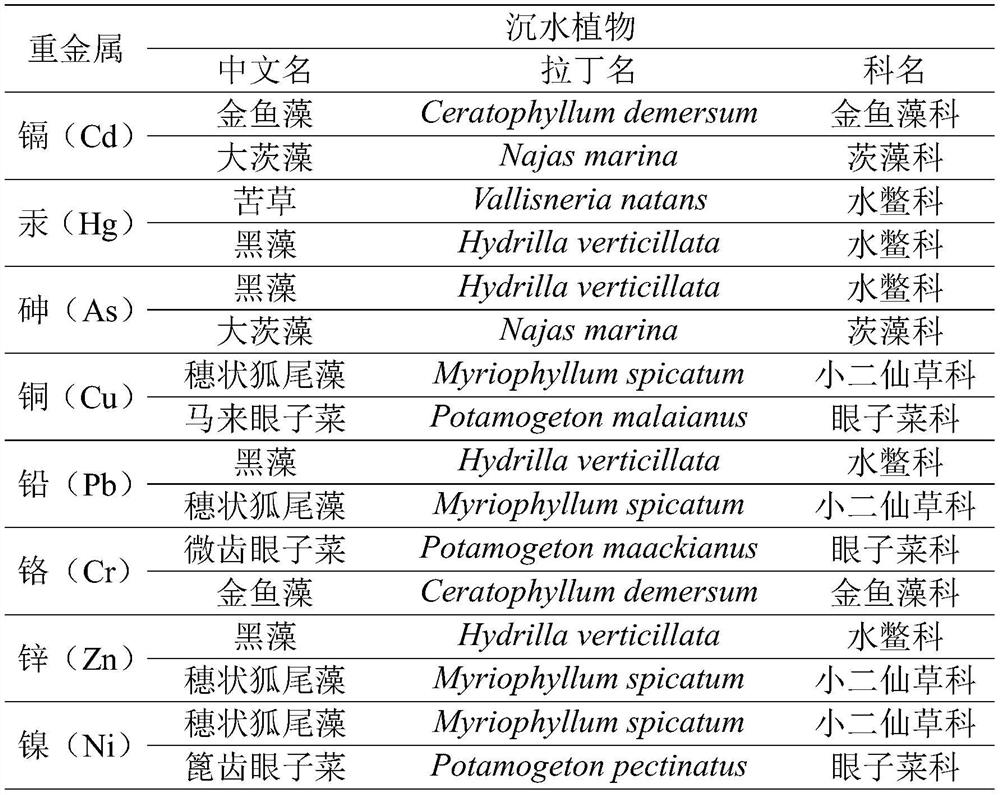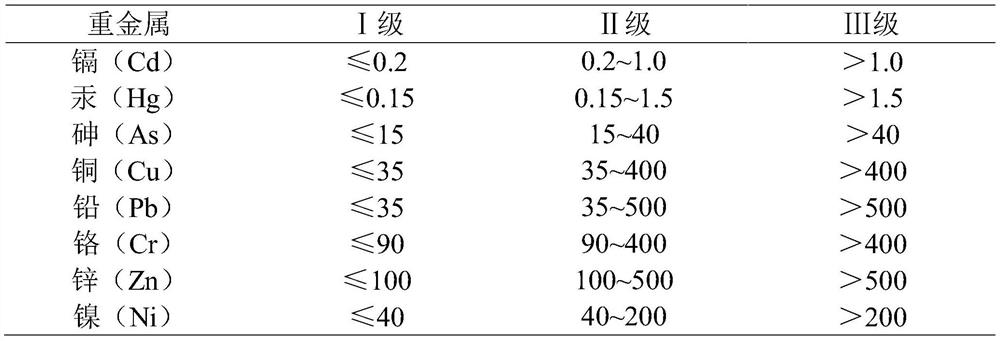The Method of Removing Heavy Metals in Lake Sediment by Using Submerged Plants
A technology of submerged plants and heavy metals, applied in the direction of water pollutants, biological sludge treatment, chemical instruments and methods, etc., can solve the problems of reducing the concentration of heavy metals in water, difficult to apply, etc., and achieve low cost, obvious effect, and simple operation Effect
- Summary
- Abstract
- Description
- Claims
- Application Information
AI Technical Summary
Problems solved by technology
Method used
Image
Examples
Embodiment
[0055] Taking Gonghu Lake of Taihu Lake as an example, the method of the present invention is used to carry out the in-situ remediation of heavy metals in the sediment of the lake by using submerged plants. Taihu Gonghu Returning Fishing Area is located on the south side of Wuxi, Taihu Lake, along the Taihu Lake line, starting from Daxi Port in the east, reaching Xuxian Port in the west, reaching Taihu Lake in the south, and reaching the Taihu Ring Expressway in the north, with a total area of 2.32km 2 , of which the water area is 1.27km 2 .
[0056]Sampling was carried out on the bottom sediment of Gonghu Lake Taihu Lake and the heavy metal concentration was detected. The heavy metal pollution level of the bottom sediment of Gonghu Lake Taihu Lake was classified according to Table 1. The results showed that cadmium (Cd) and copper (Cu) belonged to the slight pollution, while the other six heavy metals (mercury (Hg), arsenic (As), lead (Pb), chromium (Cr), zinc (Zn) and nic...
PUM
 Login to View More
Login to View More Abstract
Description
Claims
Application Information
 Login to View More
Login to View More - R&D
- Intellectual Property
- Life Sciences
- Materials
- Tech Scout
- Unparalleled Data Quality
- Higher Quality Content
- 60% Fewer Hallucinations
Browse by: Latest US Patents, China's latest patents, Technical Efficacy Thesaurus, Application Domain, Technology Topic, Popular Technical Reports.
© 2025 PatSnap. All rights reserved.Legal|Privacy policy|Modern Slavery Act Transparency Statement|Sitemap|About US| Contact US: help@patsnap.com



